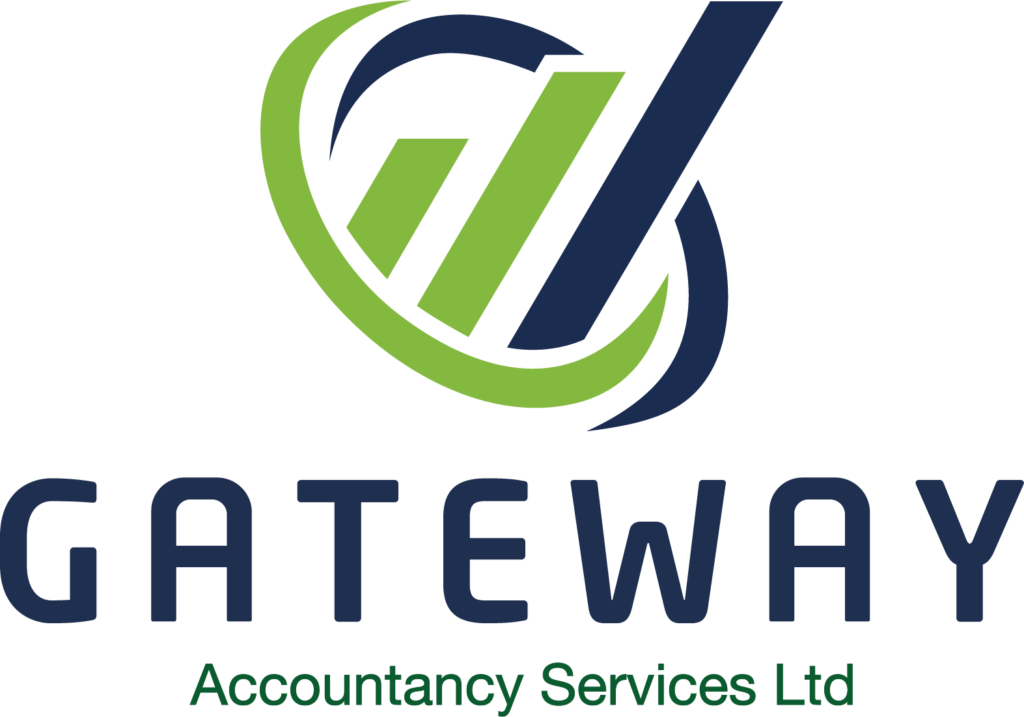
As a sole trader it is important to know whether you are paying the right amount of tax on your income. Depending on how much you earn, you may need to register for Self-Assessment.
Sole Traders are responsible for making sure that they are paying the right amount of tax and national insurance on their self-employed earnings. You can submit yearly tax returns so that HMRC know how much you owe by registering for self-assessment. Once registered HMRC can take payment from you.
You can earn up to a total of £1000 per tax year from self employment as a sole trader before you need to send tax returns to the HMRC and register for self-assessment. So if you less than the £1000 trading allowance then you might not have to do anything!
You are still entitled to use the £1000 trading allowance against earnings you make if you work for someone else. If you have additional income from something like a side business or hobby that you do work for whilst working for an employer, you won’t have to pay until you make £1000 from it.
Make sure you register for Self Assessment no later than 5th October in your second tax year of business (the tax year runs from 6th April to 5th April). You need to make sure you register for Self Assessment before 5th October 2024.
As a sole trader you can register for Self Assessment online using your Government Gateway account. These don’t take long to set up if you don’t already have one. Make sure to leave yourself plenty of time before the deadline as the rest of the process can take a little longer.
If you have been registered for Self Assessment in the past, you can reactivate your registration using a CWF1 form instead of creating a new brand new record.
You can receive a penalty upon failure to notify the HMRC that you need to register for self assessment. Even if this was an accident or not your fault then it can still result in a penalty.
You will be charged with penalties alongside paying the tax that is due. Extra fines will be added the longer you leave the payment so make sure you get it done as soon as possible. By making a voluntary disclosure you may be able to reduce the penalty.
Once registered, HMRC will provide you with a Unique Taxpayer Reference (UTR) number which identifies your tax records for the business. Your UTR will be sent by post which usually takes around 15 working days. You can access this sooner in your Personal Tax Account or with the HMRC app.
Unless you tell HMRC that you have stopped trading, you’ll need to complete a Self Assessment tax return every year. If you continue trading, you’ll need to submit a return even if you make a loss or your earnings are under the Trading Allowance.
